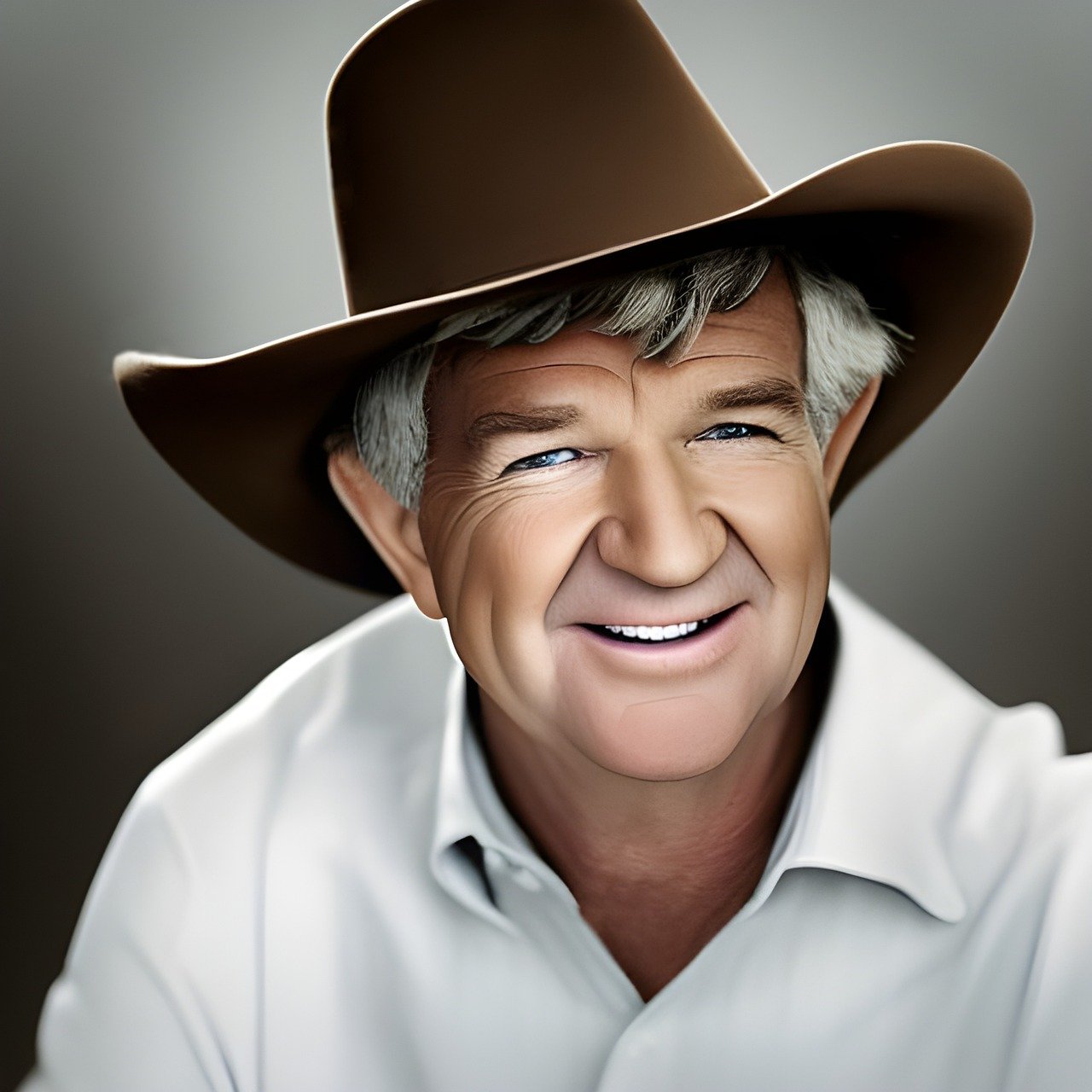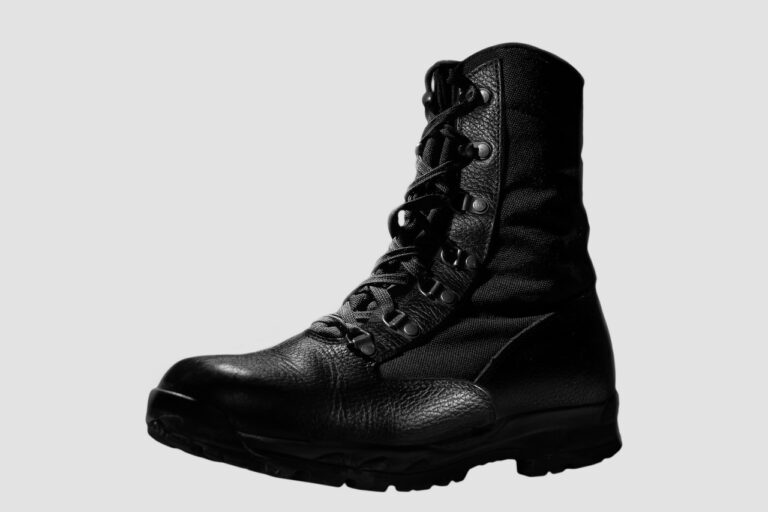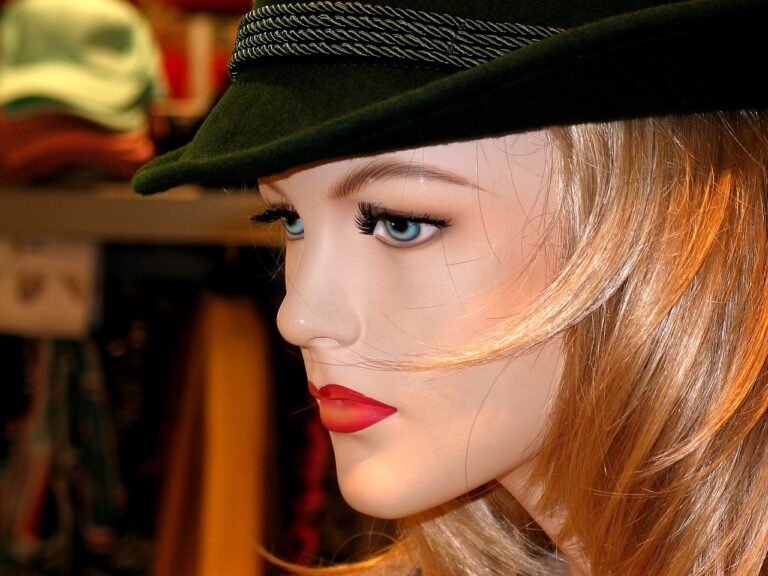Fashion and Architecture: How Structural Design Influences Clothing Silhouettes
Functionality is a core element that bridges the realms of architecture and clothing. Both disciplines prioritize practicality and purpose in their designs, shaping spaces and garments to serve the needs of individuals. When we think about the utility of a building, we consider factors such as ergonomics, flow, and accessibility to ensure that it fulfills its intended functions effectively. Similarly, in fashion, the functionality of a garment is paramount – from the choice of fabric for its durability and comfort to the design elements that allow for movement and ease of wear.
The fusion of functionality in architecture and clothing can be seen in the way both fields adapt to changing needs and environments. Architects and fashion designers alike are constantly innovating to create solutions that enhance the user experience. For example, in architecture, we see the rise of sustainable and eco-friendly designs that not only reduce environmental impact but also improve the well-being of occupants. In the realm of fashion, there is a growing focus on versatile and multi-functional pieces that cater to the fast-paced lifestyles of modern individuals.
• In architecture, functionality is achieved through considerations such as space utilization, natural lighting, and ventilation systems.
• Fashion designers prioritize functionality by incorporating features like pockets for storage, adjustable straps for customization, and stretch fabrics for ease of movement.
• The integration of technology in both architecture (smart homes) and clothing (wearable tech) further enhances the functionality of these designs.
• Sustainability plays a crucial role in both fields with architects using recycled materials and fashion designers opting for eco-friendly fabrics to create functional yet environmentally conscious designs.
Architectural Inspiration in Street Style and Urban Fashion
In the realm of street style and urban fashion, the influence of architecture is undeniable. From the structured lines of skyscrapers to the intricate details of historical buildings, fashion designers draw inspiration from various elements of architecture. This fusion of architectural concepts with clothing design results in bold silhouettes, geometric patterns, and innovative textures that captivate the modern urbanite.
Architectural inspiration in street style and urban fashion transcends mere aesthetics; it embodies a deeper connection between the built environment and personal expression. Just as buildings serve as physical manifestations of cultural ideologies, fashion serves as a medium through which individuals communicate their identity and values. The marriage of architectural elements with clothing design not only reflects the dynamic nature of urban life but also offers a glimpse into the evolving relationship between architecture and personal style.
Future Trends: Fusion of Fashion and Architecture in Wearable Technology
Wearable technology is rapidly evolving to incorporate elements of architecture into fashion, creating a seamless blend of functionality and style. Designers are increasingly looking to innovative materials and construction techniques used in architecture to inspire their creations in the realm of wearable tech. This fusion is leading to garments that not only look aesthetically pleasing but also serve a practical purpose, blurring the lines between fashion and functionality.
The integration of architectural design principles into wearable technology is also influencing the way we interact with our clothing. Smart garments are now being designed with features such as built-in sensors, adjustable configurations, and even shape-shifting capabilities inspired by architectural structures. This shift towards more dynamic and interactive clothing reflects a growing trend towards a symbiotic relationship between fashion and architecture, where form follows function in a harmonious blend of creativity and innovation.
How are architecture and clothing intersecting in wearable technology?
The fusion of fashion and architecture in wearable technology is becoming increasingly popular, with designers drawing inspiration from architectural elements to create functional and stylish clothing.
How is functionality being incorporated into the fusion of fashion and architecture?
Functionality is a key aspect of this trend, as designers are incorporating architectural features such as clean lines, geometric shapes, and innovative materials into clothing to enhance both form and function.
How is architectural inspiration influencing street style and urban fashion?
Architectural inspiration is evident in street style and urban fashion through the use of bold silhouettes, structural designs, and avant-garde shapes that create a modern and edgy look.
What can we expect in the future of wearable technology in terms of the fusion of fashion and architecture?
The future of wearable technology will likely see even more integration of architectural elements into clothing, with advancements in materials and technology leading to innovative and functional designs that blur the lines between fashion and architecture.







